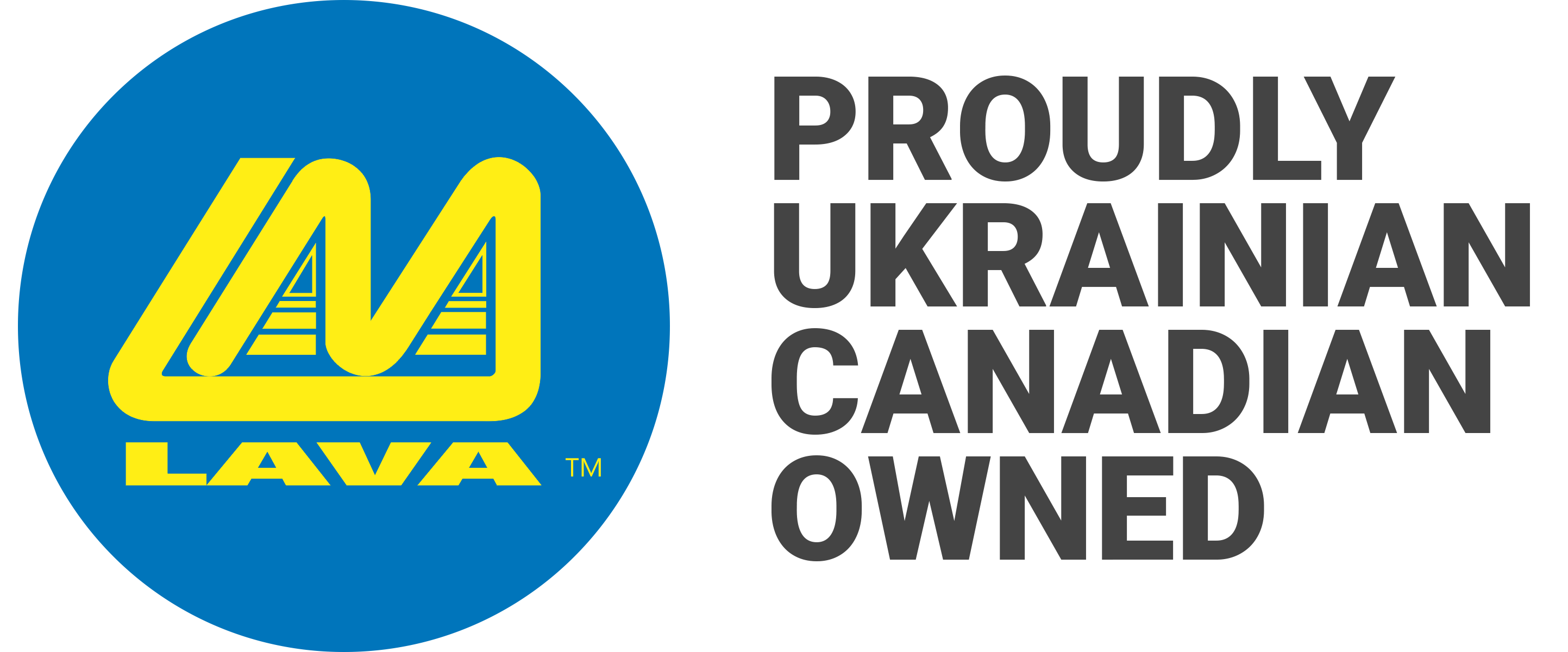How to Build a Self-Checkout Tablet Kiosk with a LAVA SimulCharge Adapter
By: Adam Swimmer
5 Min Read
27 Feb, 2022
Self-checkout kiosks are becoming more prevalent as stores attempt to reduce staff and shoppers opt for a more contactless shopping experience. Purchasing a dedicated/custom system can be prohibitively expensive but this article will show how with a LAVA SimulCharge adapter (which provides simultaneous charging and access to data), a tablet and a few USB-enabled peripherals, you can easily set up one of your own for your place of business. When it comes to building a self-checkout tablet kiosk, you don’t need to go all out for the mobile device. You really just want a tablet with a good-sized display for user interaction. The Samsung Galaxy Tab S6 Lite (SM-P610) makes a good choice here. The slim, lightweight tablet has a 10.4-inch display with a Full HD (1,920 x 1,080) resolution. It also has 4 GB of RAM and 64 GB of storage. These spaces are more than sufficient for any checkout application software you wish to run.
Pairing the Tab S6 Lite with an eSynC adapter provides additional functionality to the tablet. The key to building a tablet-based self-checkout kiosk is to have the right peripherals. With the premium eSynC-vc5UE, you should be able to attach more than enough. Originally designed for use with a major theme park company’s self-checkout systems, the eSynC-vc5UE comes with five USB-A ports for peripherals and an Ethernet port, for a reliable wired network connection. You can add two barcode scanners for checking out both large and small items, a food scale for purchases by weight, a credit/debit card reader for payment and a receipt printer. The adapter’s Ethernet port lets the tablet connect to both the internet and an internal network, allowing it to update the store’s internal database with the purchase data and also send a second receipt to customers’ emails.
Part of the e Series line, the eSynC SimulCharge adapters line comes with Network Recovery & Battery Modulation (RBM) technology, which protects the tablet’s battery from overcharging and bloating. Through the LAVA Tablet Manager (LTM) app, which needs to be installed on the tablet for use with the adapter, you can set upper and lower charging thresholds. When the tablet’s battery level hits the upper threshold, the adapter turns off charging and lets it discharge until it hits the lower level. This means you can leave the adapter plugged in 24/7, without fear of the tablet ever overcharging. This protects the overall lifespan of the tablet’s battery.
RBM also includes a Network Recovery feature for Ethernet adapters, such as the SynC+ vc5UE, that can force a DHCP lookup to restart the wired network connection if it drops out. There is also a Screen Brightness Management control feature that lets you set daytime and night-time brightness levels for the display. This reduces heat generation from the tablet and reduces unnecessary battery drain when it is not in use. Network Recovery and Screen Brightness Management can be configured through the LTM app.
If five USB-A ports seem excessive, you can opt for the eSynC-3U, which doesn’t have Ethernet but has three USB ports. This way, you can still hook up a scanner, card reader and receipt printer, which are all the basics you would need for a self-checkout kiosk.
The eSynC-3U also has a variant (eSynC-vc3U) with a built-in voltage converter (VC) that can take an input of between 9 and 36 volts DC and steps it down to 5 volts for use with the tablet. Due to its higher voltage, you can place the eSynC-vc3U up to 50 ft (15 m) from the AC power source, so you can install the tablet even in places where electrical outlets are limited. (While the eSynC-vc5UE also has a built-in voltage converter, powering over longer distances is not recommended with that adapter as it needs the additional power for the five USB-A ports.)
Alternatively, you could opt for the eSynC-P2UE, which provides Power over Ethernet (PoE), Ethernet and has two USB-A ports for peripherals. You could choose to set up a paperless option, keeping the scanner and card reader but scrapping the printer in favour of using the Ethernet connection to send receipts by email. Or you could use one of the USB-A ports for a powered USB hub to add extra peripherals.
The real advantage here is PoE which provides both power and a wired network connection over the same Ethernet cable, eliminating the need for a separate electrical cable. It offers even greater options for tablet placement than VC technology. The adapter can be placed up to 328 ft (100 m) from the power source. If no PoE-capable switch is available, you can use a third-party PoE injector to turn a regular LAN connection on your router into PoE. Alternatively, the tablet can also be powered through the adapter’s Micro USB-B port, which is rated for the standard 5 volts at 2 amps.
Combining a mid-range tablet, such as the Samsung Galaxy Tab S6 Lite, with a LAVA SimulCharge adapter is a quick-and-easy way to build a self-checkout kiosk for your store or business. The eSynC-vc5UE provides a wired Ethernet connection and has five USB-A ports for peripherals which should serve all of your needs. However, other adapters in the e Series line, such as the eSynC-3U, which has three USB-A ports and eSynC-P2UE, which has PoE, Ethernet and two USB-A ports could also work well, depending on your requirements.
To find out more about eSynC adapters, check out LAVA’s website.

